Building healthy eating habits can be tricky when you have limited time and money. Whether you’re shopping and cooking for little kids or older adults, the challenge of how to eat more vegetables can be rough. Check out these tried and true tips to get more veggies into your meal plans without breaking the bank.
Want to save this post?
Enter your email below and get it sent straight to your inbox. Plus, I’ll send you budget recipes and money-saving tips every week!
To eat more veggies is the goal of the century, it would seem.
While dieticians and nutrition experts differ in their opinions about various aspects of food, they all agree on one thing: how vital fruits and vegetables are to good health. Most can agree that fruits and vegetables play a big part in a healthy diet, reducing the risk of heart disease and cancer.
The trickier bit, though, is how to eat your fruits and veggies — and afford them, too.
Let’s run down some easy strategies to make fruits and vegetables easier to serve and easier on the wallet:
1. Choose budget-friendly produce.
Whether they are on sale or just happen to be affordable year-round, focus on the fresh fruits and veg that fit your budget. These will include items like carrots, cabbage, apples, and onions.
Consult our budget grocery list for all the groceries that are generally cheap and easy to find.

2. Avoid waste as much as possible.
We’ve all found our good intentions withering into a weepy mess in the veggie drawer. It’s easy to buy more than you need thinking you’ll serve it up all week and then forgetting about it.
- Learn how to tell the difference between fresh and overripe produce. Spend a few minutes to educate yourself so you can avoid buying something that will mold tomorrow.
- Don’t buy more than you need. Unless it’s a really screaming deal, buy less than you need.
- Shop with a plan. If you know exactly how you’ll serve your vegetables when you get them home, you have half a chance of actually doing it.
- Store your produce properly. Apples and oranges don’t go together. And neither do onions and potatoes. Learning how to store them will help you stretch your purchase and avoid rotting veggies. The Waste-Free Kitchen Handbook is a great resource for this!
3. Choose veggies you love.
Why force yourself to eat vegetables you don’t like? You’ll end up buying them and wasting time and money. By all means give sweet potatoes and leafy greens a try, but don’t let your love of bell peppers and carrots languish.
Work new vegetables and fruits into your diet as you’re able.

4. Prep ahead to save time and money.
You can avoid waste and enjoy the vegetables you love by prepping ahead. Here are some ideas:
- Prepare a bottomless veggie tray. Keep a tray or food storage box in the fridge loaded with carrots, celery sticks, cucumber slices, broccoli florets, and snap peas. When the kids ask for a snack, direct them to the veggie tray.
- Make meal prep salads. I love having a stack of these ready-to-go salads on hand. I vary the toppings, protein, and dressing, but having that base salad ready to go makes it super easy! A DIY Salad Bar is also great to make.
- Learn to prep quickly. The more quickly you can prep it, the easier it will be to serve. The easier it is to serve, the more often you’ll do it. It really doesn’t take that long to cut your own. You can quickly slice an apple around the core instead of through it. Same goes for a bell pepper. I recently discovered this and it has revolutionized my serve.
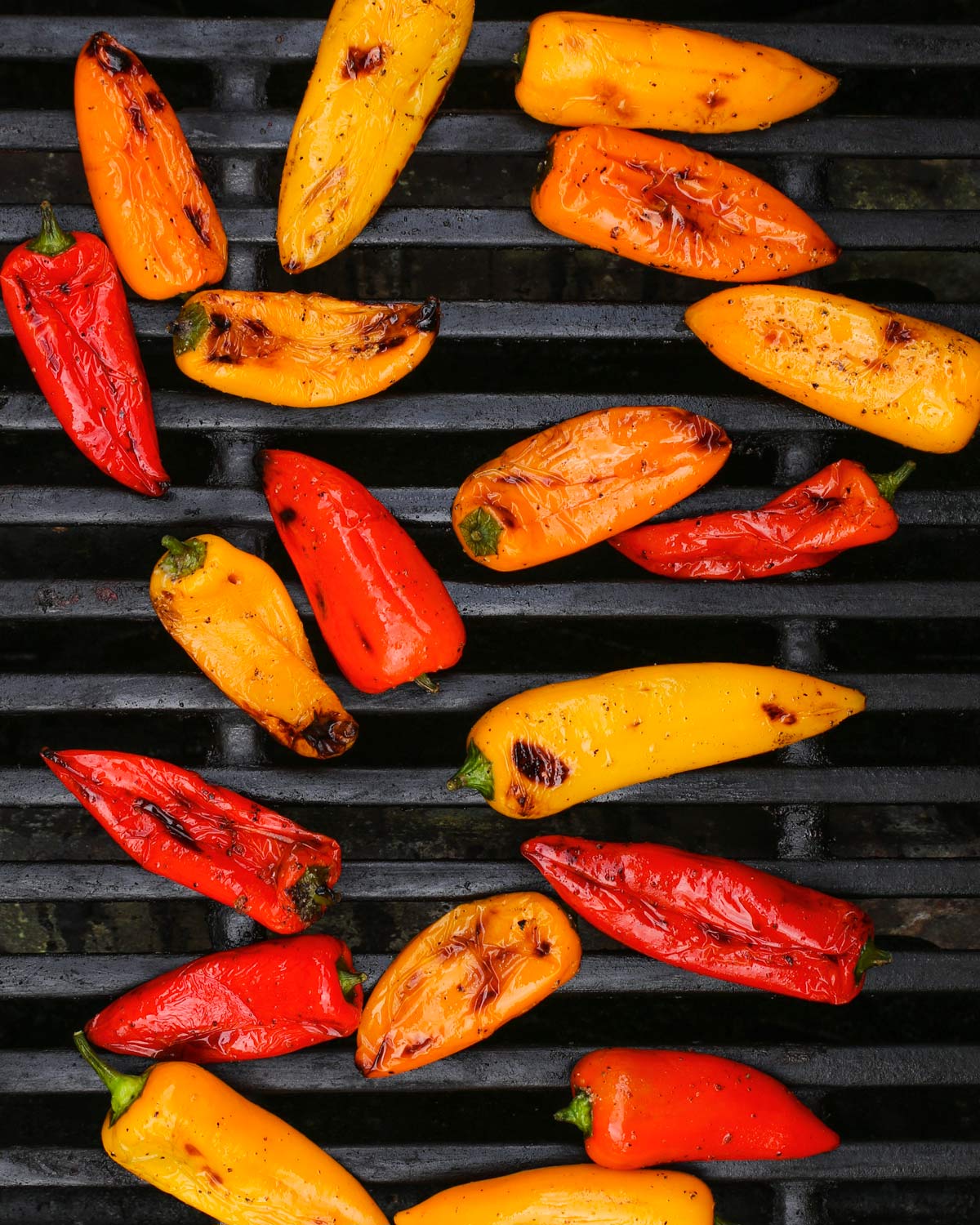
5. Learn to grill, roast, or saute your vegetables.
Think cooked veggies are boring? Think again!
Grilled, roasted, and sauteed vegetables are easy on the budget and quick to fix.
Grilled vegetables are perfect in the summer because they don’t require a lot of prep work, but they pack a lot of flavor. You can grill corn on the cob, zucchini, onion, bell peppers, summer squash, and more.
When the temps are cool, roasted vegetables are your friend. Just toss chopped veggies with olive oil and seasonings and spread in a thin layer in a sheet pan. The vegetables caramelize in the oven — even brussels sprouts taste good roasted!
Saute instead of boiling frozen veg. The package says to steam or boil those frozen green beans but it’s just as easy — and way tastier — to saute your frozen vegetables in oil with generous seasoning. I love a few shakes of Everything Seasoning.
Vegetables can not only provide nutrients, but they also taste great. You can eat more vegetables without spending a fortune or a lot of time.
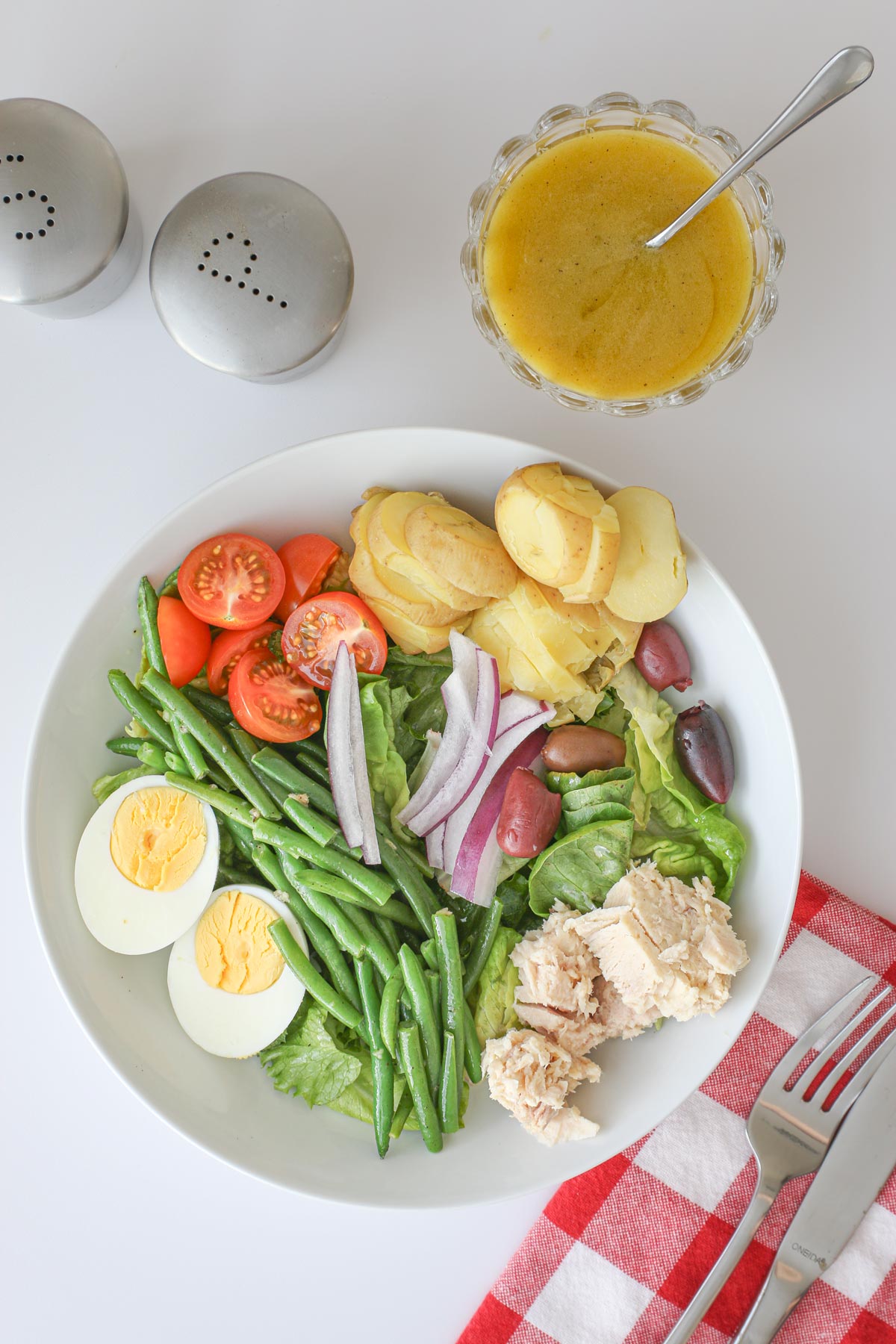
Best Vegetable Recipes
This post was originally published on February 25, 2009. It has been updated for content and clarity.


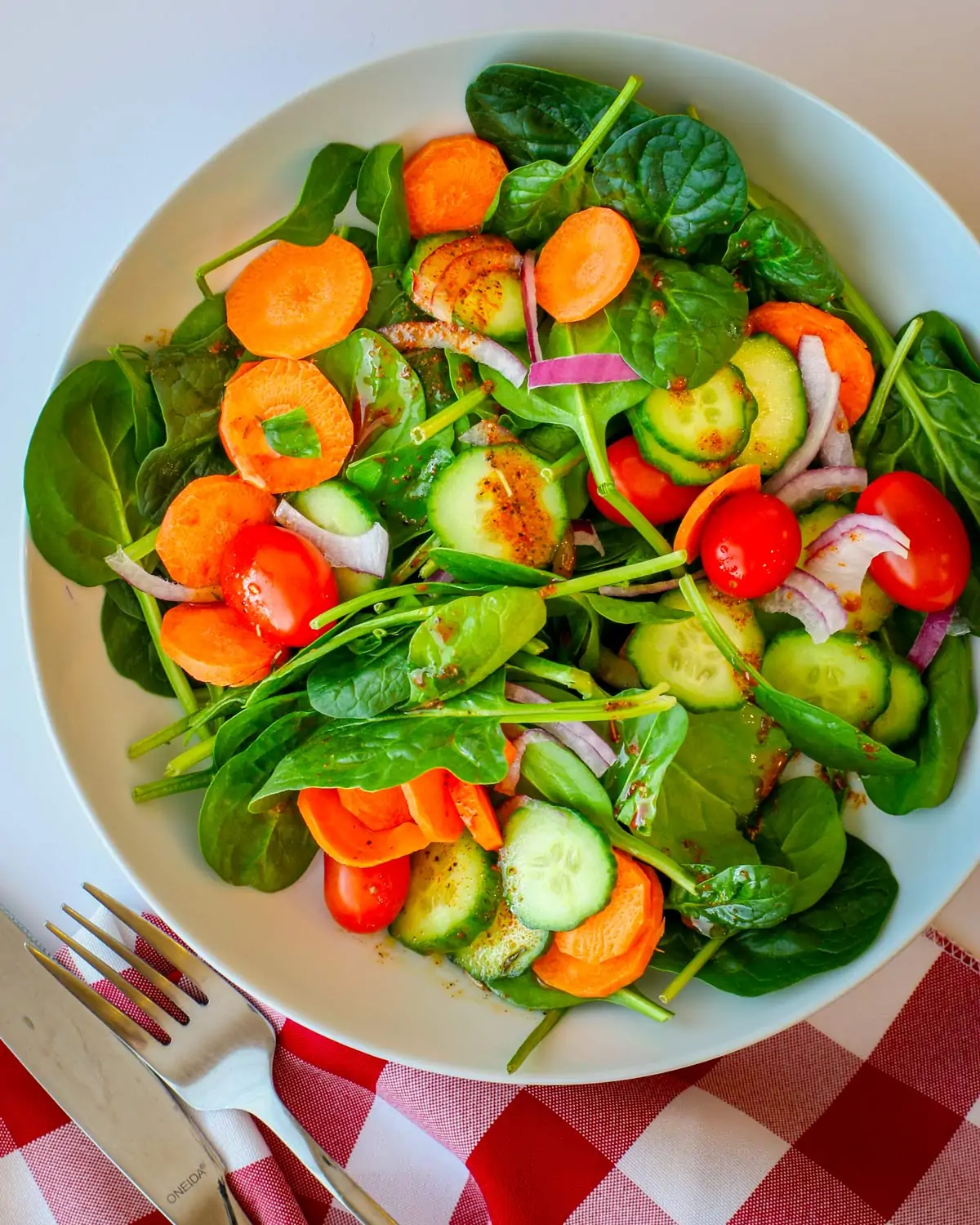

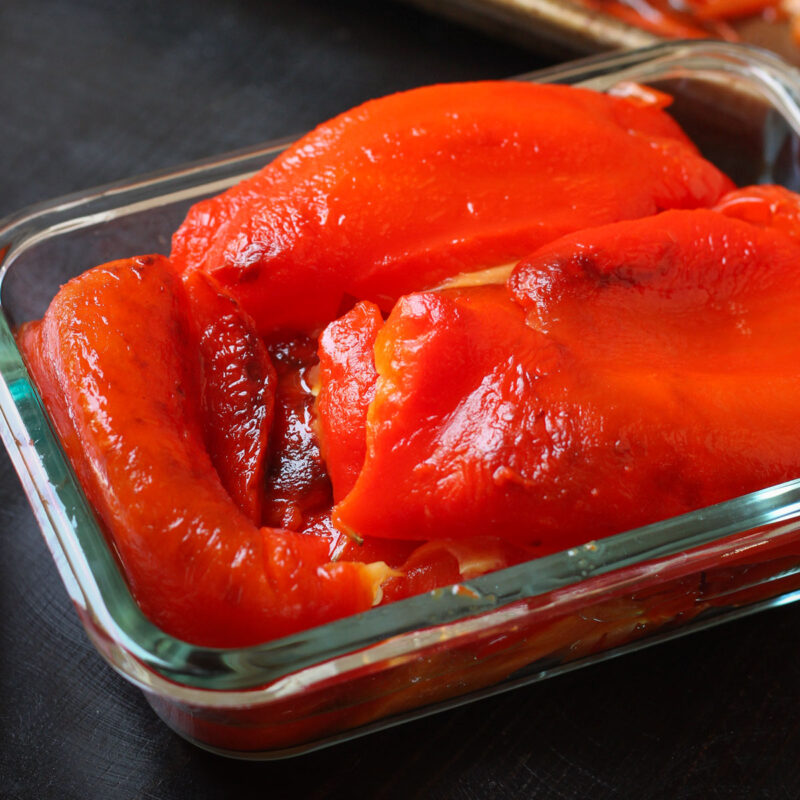
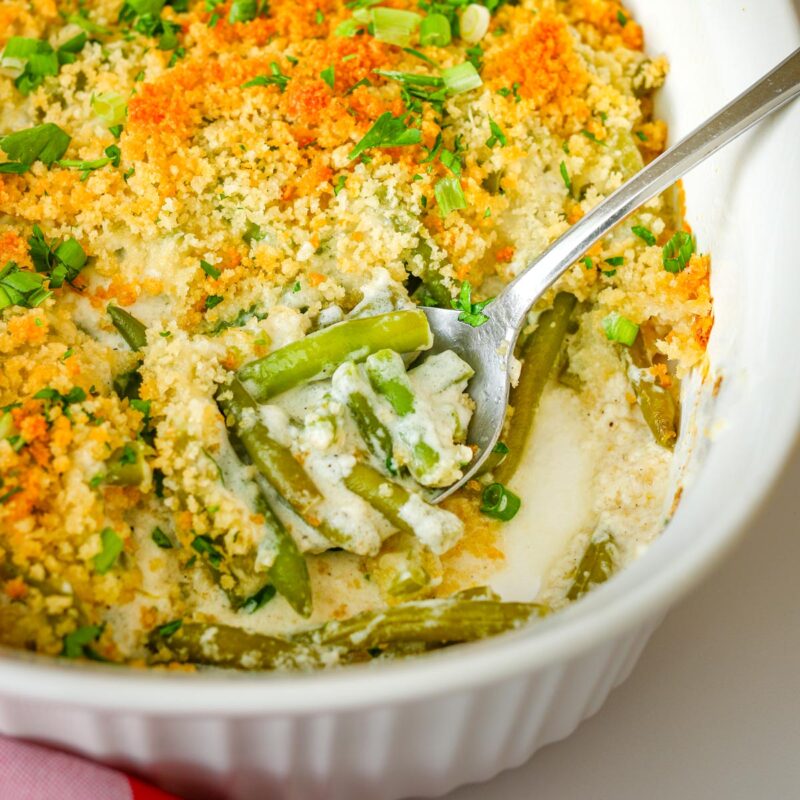
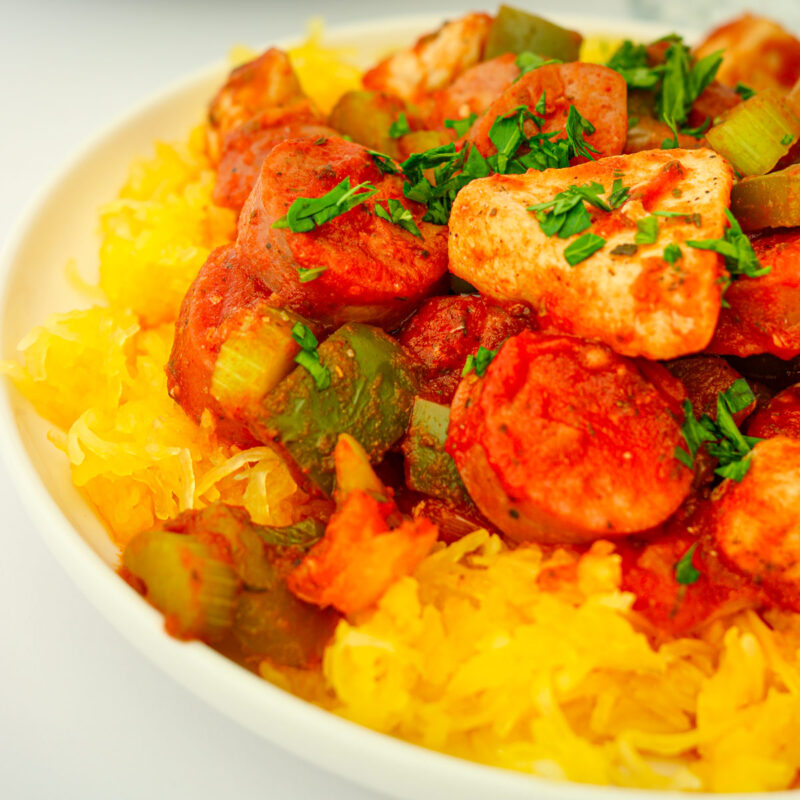
Amber
Thanks for the inspiration! I requested the No Waste Kitchen Handbook from my library.
Jessica Fisher
That’s a great book!
Kelly
You need to get an apple slicer. It looks like a wagon-wheel. It does the job in one step. You can find them very inexpensively ($5 or less) at any grocery.
Jessica Fisher
@Kelly, you know, those never work for me. I’ve thrown countless wagon wheel slicers away because they just don’t cut it. 😉 You must have better luck.
Jenna
great post and thx for the mention! i “veggied” up our dinner tonight by adding a grated zucchini to our chili. no one really noticed it! i wasn’t trying to hide so much as use it up.
when both my boys were one, the only way they’d eat veggies were raw when i was preparing them, so the veggie tray and letting them help (watch) would expose young eaters to raw veggies.
the one thing i’d add is to make veggies relevant to them. tell them why they are good for their bodies. if you need help with that whfoods.com is a great online reference and 101 Foods That Could Save Your Life is great book full of what healthy food does for the body. young kids especially like to know if a food is a blood cleaner or a bone builder or a eyesight helper, or a heart pump optimizer.